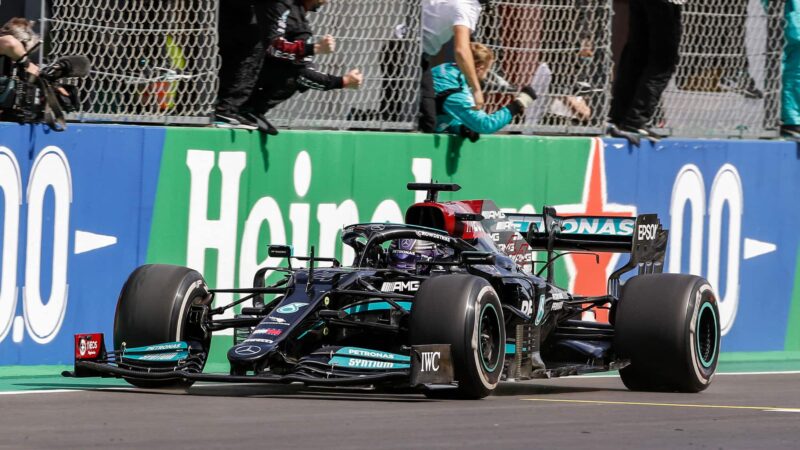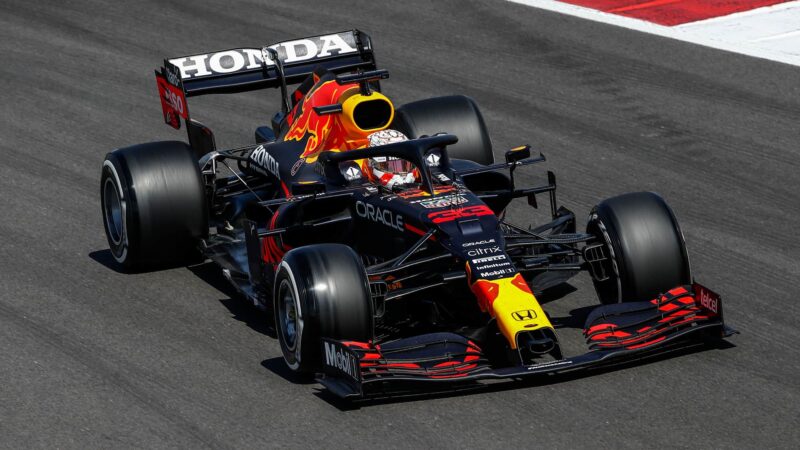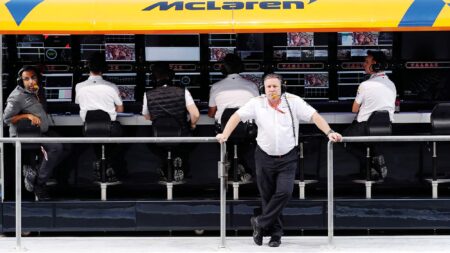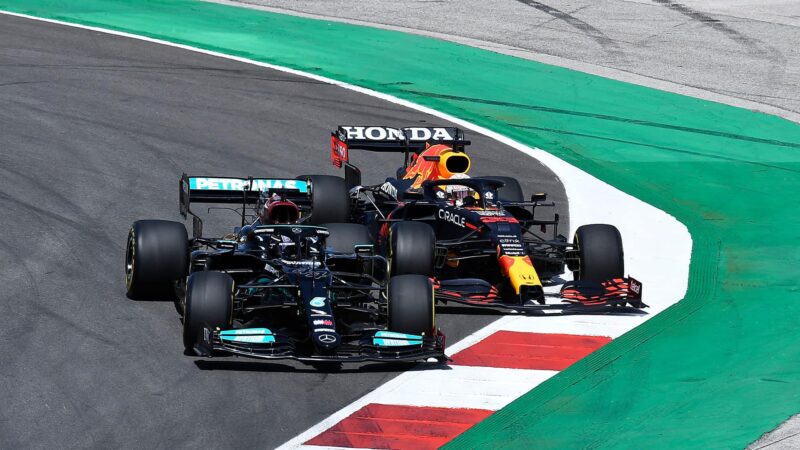With the track getting windier and slower all the time, the second Q3 runs were about 0.3sec slower for most. So Verstappen was unable to copy-and-paste that potential pole lap but without the error. Bottas’ compromised lap was good for pole, by 0.007sec, from Hamilton.
Without that gust, Verstappen would have been on pole – but it was really only luck that his gust was different to Bottas’s. Starting from pole, he’d likely not have been behind Bottas on lap 10-11, trying hard to get into his slipstream through the final corners and getting a mild tank-slapper that allowed Hamilton to tow past, redressing Verstappen getting the jump on Hamilton on the lap 7 restart. And without that, Verstappen may well have been able to control it from the front. But that wasn’t how random worked on this occasion.
Bottas’ first stint imbalance
Bottas had set pole, he’d won the start. Very often that’s 70% of the job of winning a grand prix done. But not on this occasion. Bottas is much more sensitive to changes in balance to the car than either Hamilton or Verstappen – and this was a very changeable balance sort of weekend.
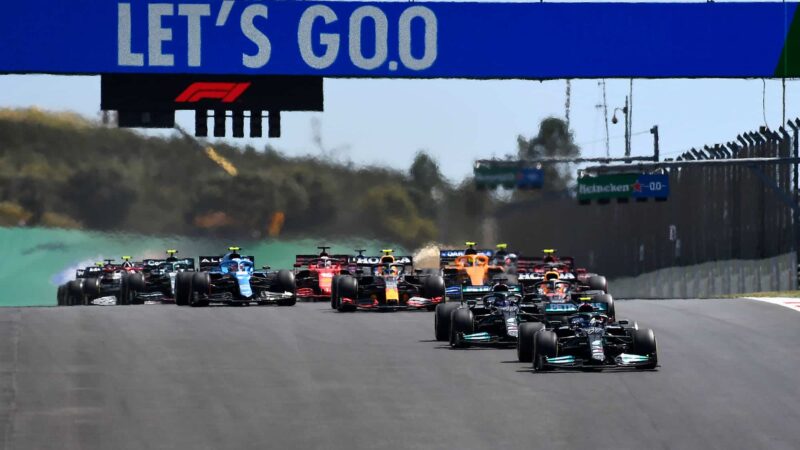
Bottas lead initially, but his sensitivity to the Merc’s imbalance made him easy prey for the chasing pair
Grand Prix Photo
He simply didn’t like how the Merc felt on the medium tyres on which he’d started. The softs wouldn’t have made possible a good strategy because of how they tended to grain. The hards were a little reluctant to switch on. The mediums were a good compromise between the two. But Bottas much preferred the feel of the car later on, when he got onto the hards.
